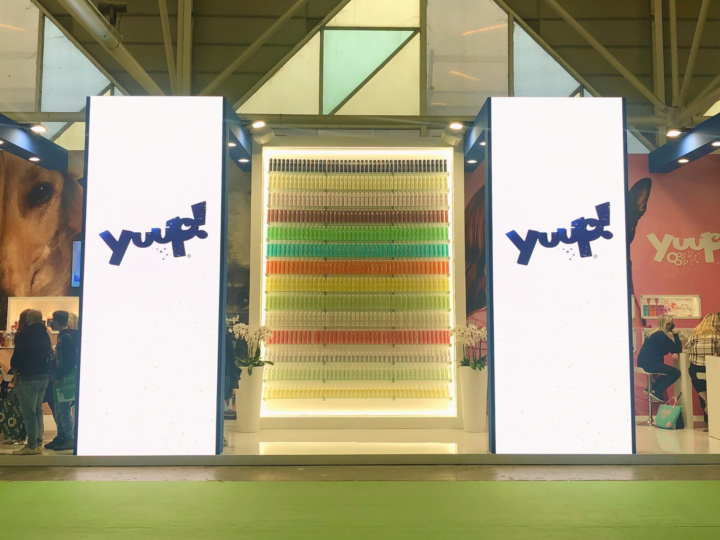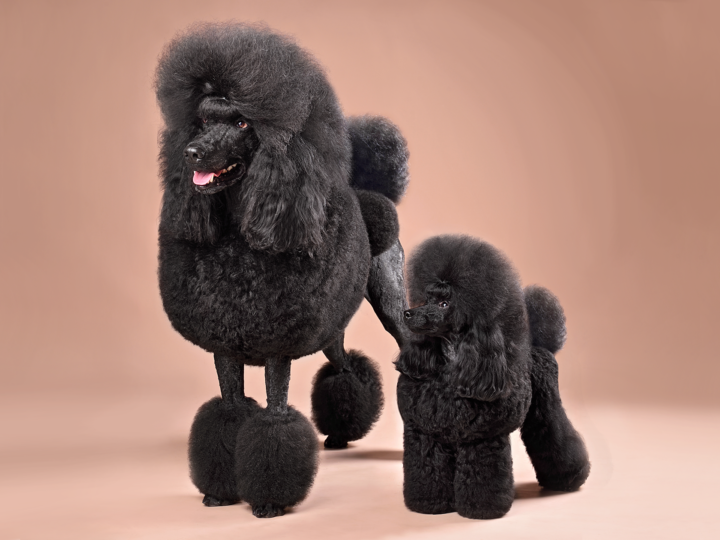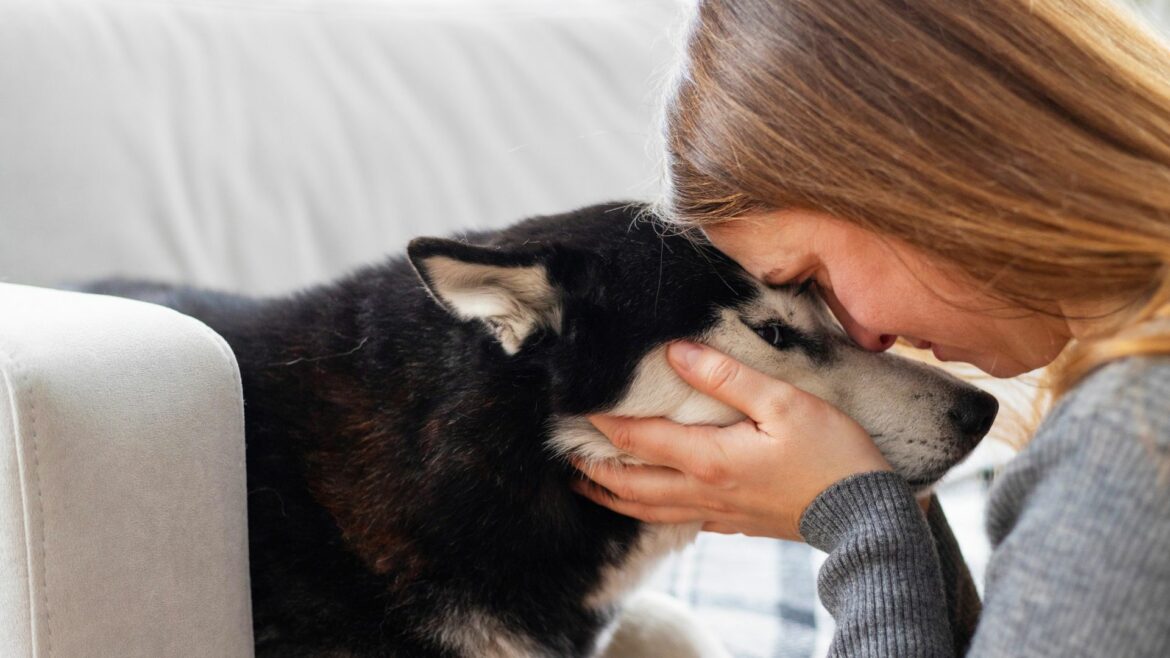
A very deep phrase is attributed to the Greek writer Aesop, famous for his fables featuring animals. According to him, “Gratitude is the sign of noble souls”.
How could one not agree? When we are grateful for something, even the smallest thing, the heart lights up and shines; disappointments and bad moods step aside, making room for the awareness of being happy, lucky, and thankful for what we have in our lives.
As for our four-legged hearts, we can feel grateful every single moment for the blessing of having by our side the furry companions who bring color to our lives and make every day better.
In particular, on the occasion of World Gratitude Day, we want to reflect on the value of saying “thank you” and also take a closer look at the concept of a dog’s gratitude.
We’ll try to answer common questions, such as whether dogs say thank you and if our furry friends show their gratitude in some way.

Every moment is perfect to be grateful for what we have in life.
World Gratitude Day
September 21 of each year is celebrated as World Gratitude Day, an event conceived in 1965 by Sri Chinmoy, philosopher and meditation teacher, who proposed it to a group of international delegates during a dinner.
However, the event became official only in 1977, when World Gratitude Day was celebrated — and thus institutionalized — at the United Nations Meditation Room in New York.
The benefits of gratitude
World Gratitude Day is a great opportunity to remind ourselves to be thankful for all that life gives us, and also serves as a prompt to reflect on the immense benefits of practicing gratitude — benefits that have been studied by many researchers over time.
One of the most recent studies was published in the journal JAMA and answers the question of whether people who feel and express gratitude can live longer. The research examined the lives of some elderly nurses working in the United States and concluded that yes, the most grateful people lived 9% longer than the others in the study.
Many other scientific studies have highlighted the power of gratitude and its beneficial effects on the body, mind, and emotions.
The more ‘classic’ studies were carried out by R. Emmons and McCullough, and showed that gratitude increases vitality and positive emotions, thus becoming a shield against stress and depression.
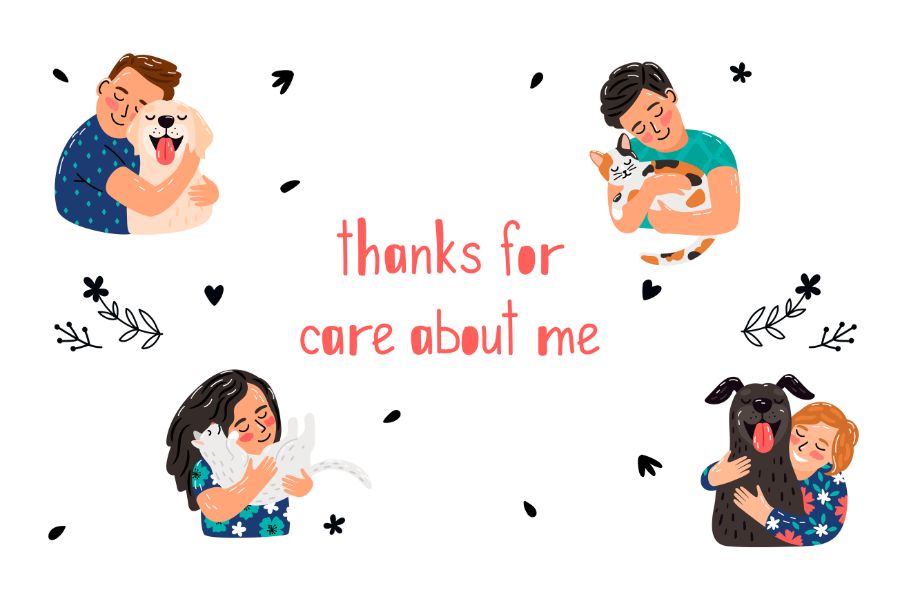
Thanks to our pets for all the love they give us, filling each day with small and great emotions.
What can we be grateful for?
Many people practice gratitude naturally, meaning they are grateful for everything they have or for whatever happens to them in life.
Those with a deep personality or who have gone through personal development journeys may even be able to feel grateful for life’s challenges and problems, viewing them as opportunities for improvement or growth.
On World Gratitude Day, we can therefore be grateful for everything, even the smallest and most often overlooked things, from the water we drink to the air we breathe, from the home we live in and, of course, for the immense and unconditional love of our four-legged hearts.
All of this is closely connected to mindfulness, the practice and art of paying attention to the present moment, to the emotions we feel in the exact instant we do or experience something.
In this sense, gratitude itself is connected to mindfulness, enhancing and enriching it with a practice that generates well-being and serenity, and also helps us overcome difficult moments in life, simply by being thankful for what we have.
In a few lines, we’ll explore how to celebrate World Gratitude Day by showing them our love, maybe in a slightly special way… but first, let’s try to understand whether dogs feel gratitude too, and if they do, how they express it to us.
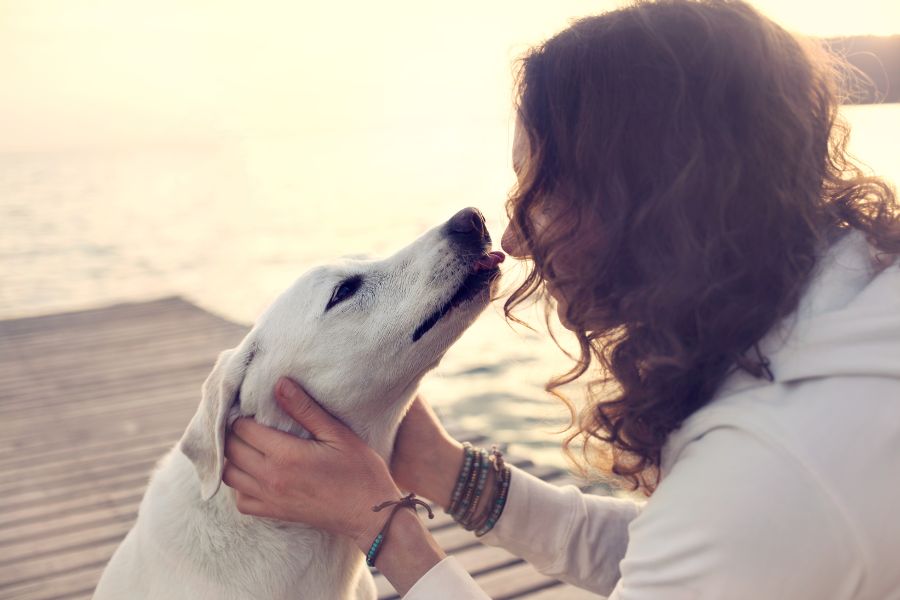
A little lick and a sweet kiss are the perfect ingredients of gratitude!
Do dogs feel gratitude?
Gratitude is a feeling, specifically of appreciation, that arises whenever something happens that generates a sense of thankfulness.
And it is one more step each of us can take toward a more positive, happy life, free from the burdens that life’s challenges ask us to carry.
Explaining gratitude in words can be a bit complicated, because it is a light, positive feeling that brings well-being and most often sparks after a certain event, like a kind gesture from someone, a kind word, a gift, a presence…
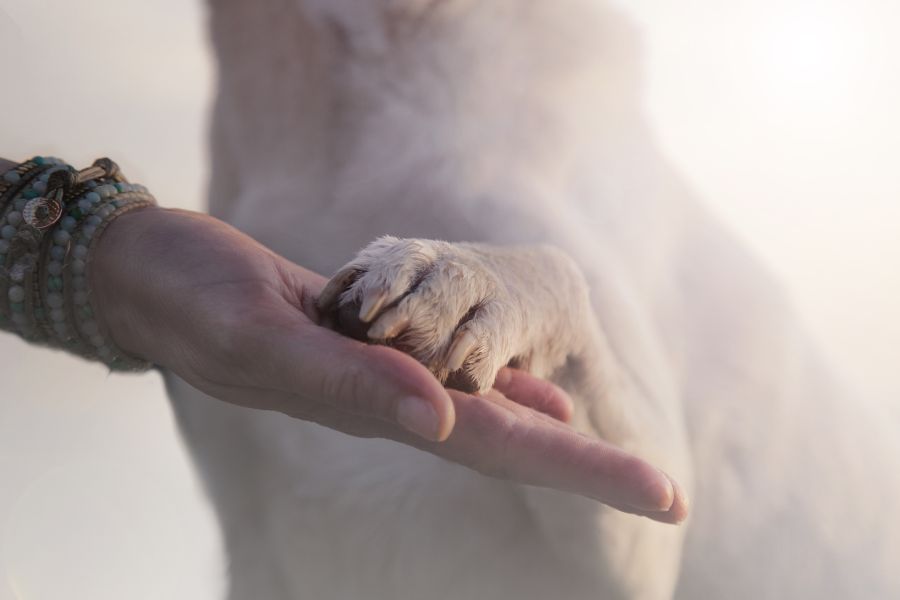
Thank you for being my four-legged heart, thank you for choosing me.
Gratitude in Dogs
A joint study by neuroscientist Gregory Berns, psychology professor Peter Cook, and dog trainer Mark Spivak focused on how the brain of dogs functions following specific events.
The study showed that the brain of our furry friends develops in ways very similar to that of humans.
This concept was also illustrated in the highly successful Disney film Inside Out, which simplified and well represented the complexity of human emotions.
Small spoiler: at the end of the film, there’s a hilarious scene that also shows the emotions of a dog and a cat (here’s the YouTube video).
Humans, in fact, develop basic emotions from birth, such as excitement, until around 2 and a half years of age, after which more complex emotions like satisfaction or anger begin to form.
The brain of little hearts develops quickly, but then stops, and according to the study, in adulthood it can be equivalent to that of a two-and-a-half-year-old child.
Dogs can therefore feel rather complex emotions, such as disgust or friendliness, but not extremely complex ones such as shame or pride.
A striking aspect of this research emerged following brain scans of both the human and the dog: when the human of the dog’s heart left his field of vision, the scan of the furry one’s brain lit up in the same way as that of a human in distress.
When the dog’s owner reappeared, however, the caudate nucleus (a specific part of the brain linked to behavioral control) lit up in the same way it would in a human feeling relief.
Moreover, when the owner made a hand signal meaning “reward,” the caudate nucleus lit up with joy and excitement.
So do dogs feel gratitude?
According to the research, furry friends likely feel joy and excitement when something happens, like receiving a reward, which are emotions closely tied to gratitude, or at least to well-being and positivity.
Gratitude, however, can also be cultivated and, from being a feeling triggered by a certain event, it can become something one experiences “on command”, every time we think about someone or something for which we say “thank you” for their presence.
In this article, we analyzed the kinds of emotions dogs feel and also discussed gratitude. The question is: are dogs grateful to each other? And are they grateful to us, their human friends? If yes, how does a dog say thank you?
First of all, the answer to whether dogs feel gratitude is yes, but as always when we talk about emotions and feelings in animals, it’s important to understand that the way they express them may be different from how we humans do.
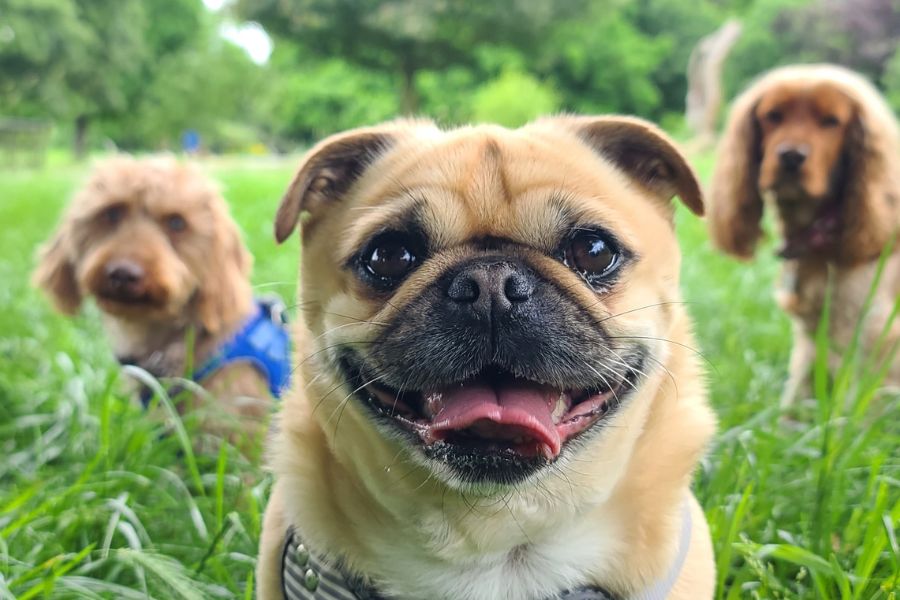
I wonder what feelings these furry ones experience… can they be grateful to one another?
Do dogs feel gratitude toward each other?
In this case, it’s difficult to make a clear statement. We return, in fact, to the discussion about emotional development and try to understand the reasons behind certain behaviors in dogs.
For example: if a dog leaves some food for another dog, it might not be altruism, a very complex emotion for our four-legged hearts to experience, but rather that the food simply doesn’t interest them.
The same may apply if a dog tends to calm down a potential conflict between peers. It’s probably not about generosity or kindness, but rather about the innate instinct to bring calm to the group.
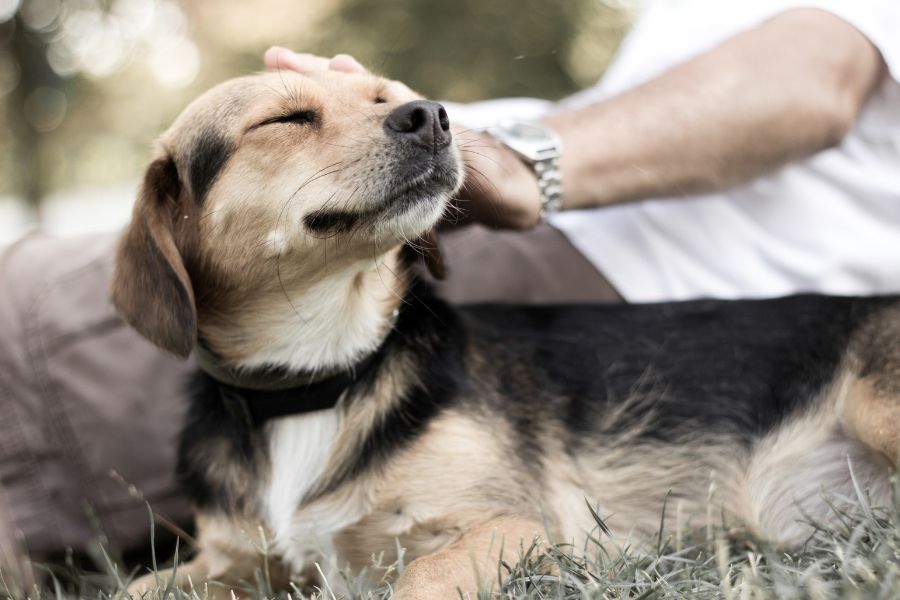
“Mmmmh how lovely… these cuddles make me really happy!”
How does a dog say thank you?
As we’ve seen, what we might interpret as pure gratitude is probably a mix of emotions and feelings, such as the excitement and happiness our furry friends experience in certain situations.
Think of cuddles, treats, a fragrant bath full of caresses while taking care of their hygiene, or simply the food we give them every day: in the moment we do all these things, their big eyes start to shine, their tail wags uncontrollably, and sometimes our little sweethearts bounce on two legs with irrepressible joy!
If we stop to think, we might ask ourselves: isn’t that gratitude? Or at least, a clear expression of it?
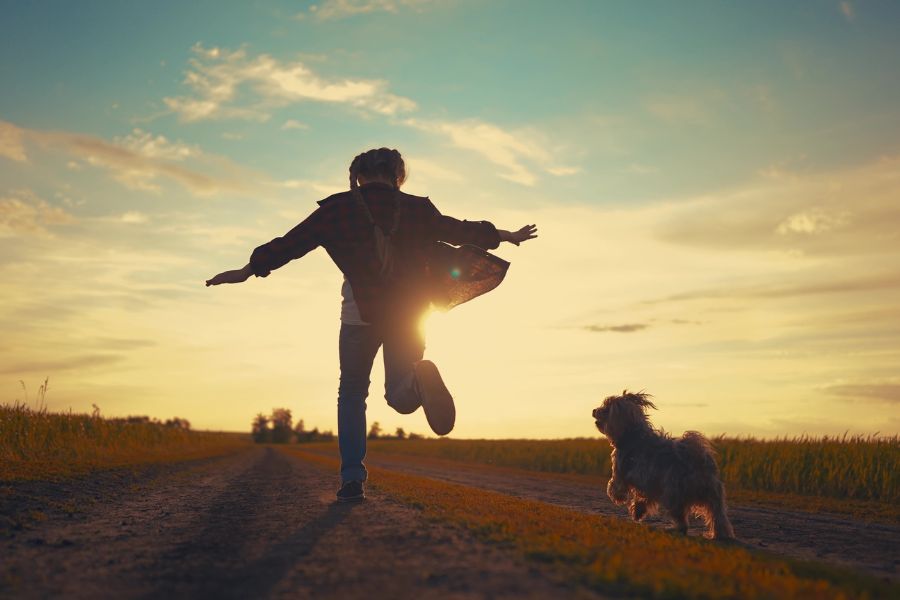
Showing gratitude every day to our pets makes us happier, more positive, and fulfilled.
The gift of gratitude and living in the present
As we saw in this article dedicated to dogs’ perception of time, our furry friends live in the present.
This should be a great lesson for us humans, now used to letting the mind fly into the future and the past without enjoying the moments we are living here and now.
All of this is connected to gratitude, because the value of being grateful in the present moment, especially when we are in the company of our best four-legged friends, is immense.
It is something therapeutic, which science itself recommends for our physical, emotional, and mental well-being, and it is above all a gift we can give to our four-legged sweethearts, who show us their affection and unconditional love every single day.
On World Gratitude Day, the invitation is therefore to be grateful, and to be so right now, in the present, trying to be with them not only physically, but also with the mind and with the whole heart.
How to Celebrate World Gratitude Day
Finally, here are a couple of tips on how to spend World Gratitude Day with our furry ones:
- Let’s go for a nice walk, maybe choosing a place they particularly love or where we’re sure they’ll have a great time;
- Let’s give them an extra biscuit, because every event deserves to be celebrated, and World Gratitude Day is no exception;
- Let’s give them some extra cuddles, with lots of strokes and kisses, to show how much we love them and how important they are to us;
Finally, let’s make an effort to turn Gratitude Day into something that’s part of our daily lives, trying to always be grateful for what we have, starting with the presence of our beloved four-legged hearts.






